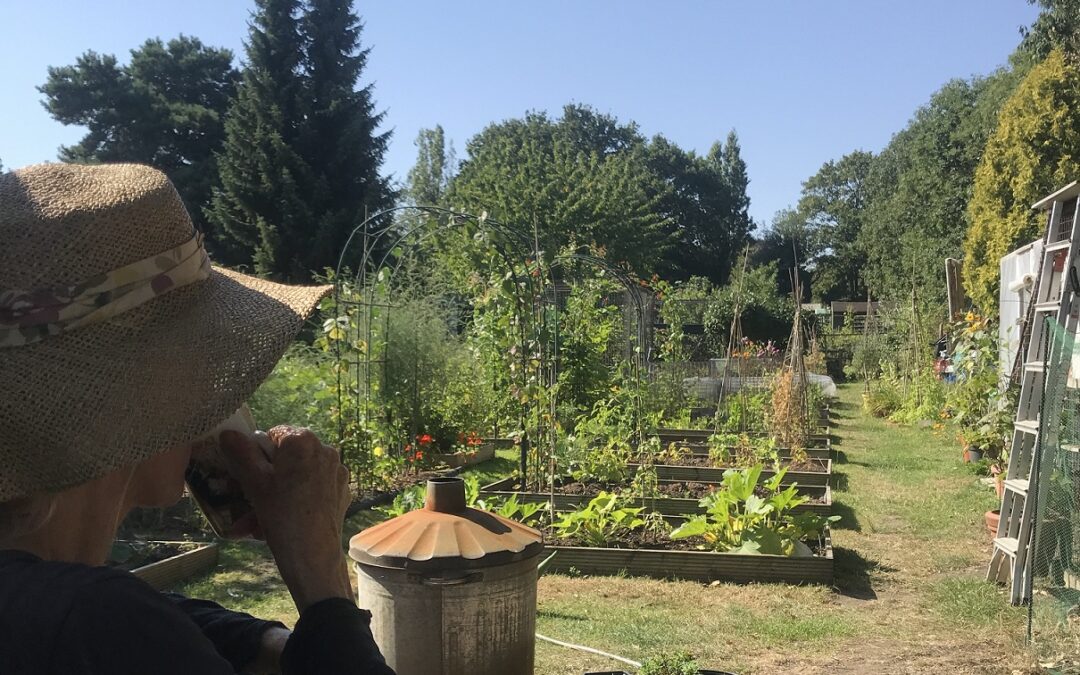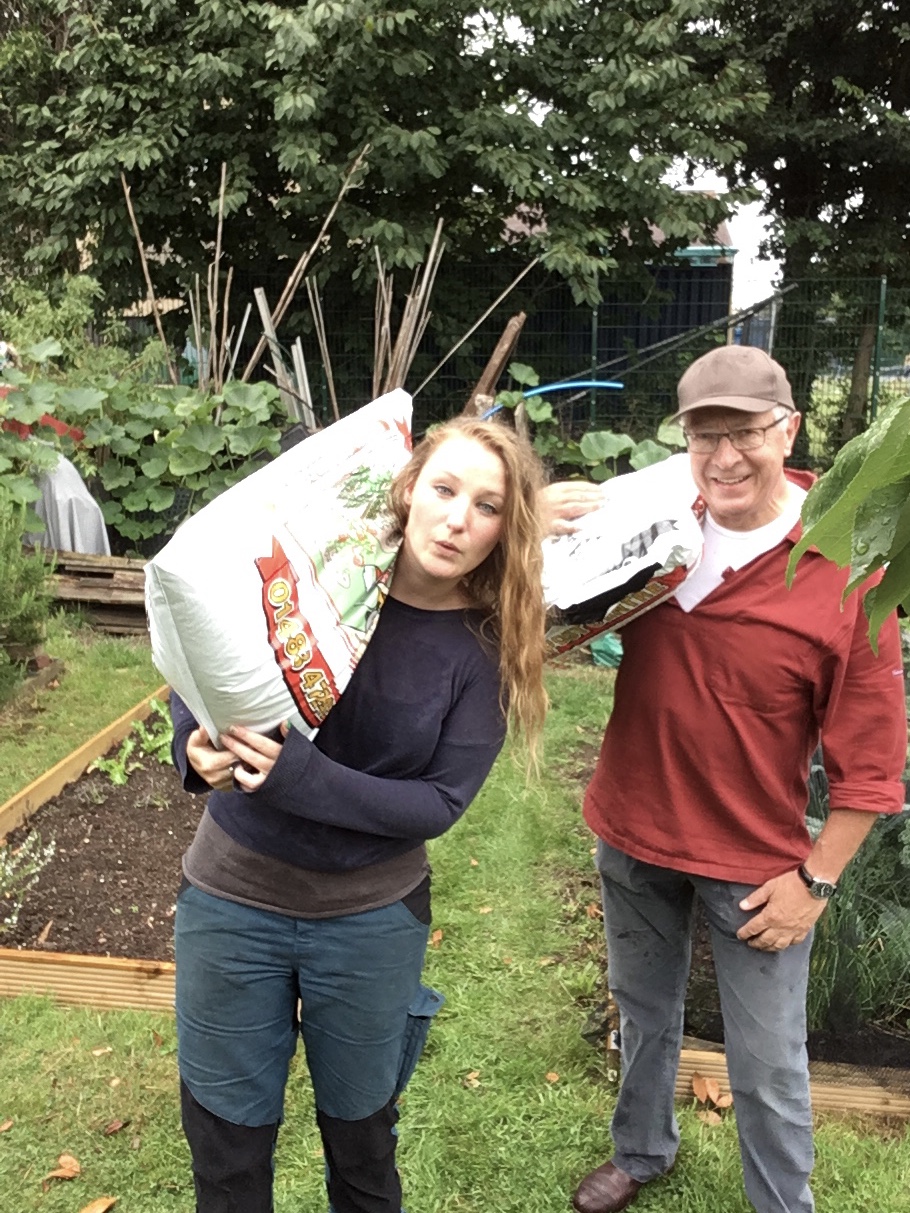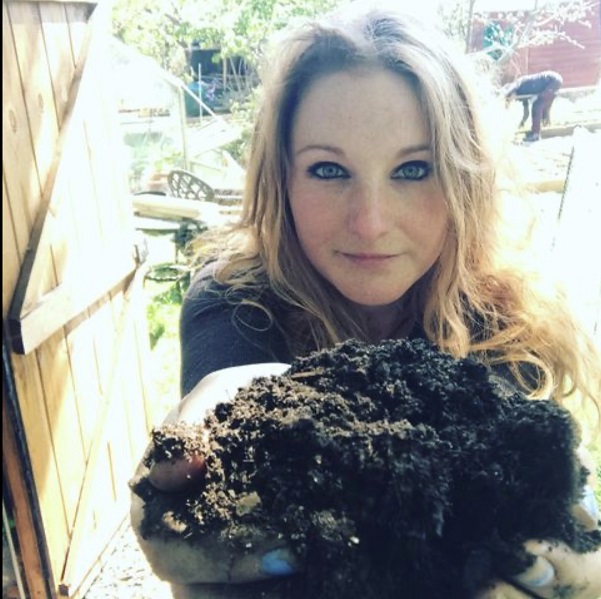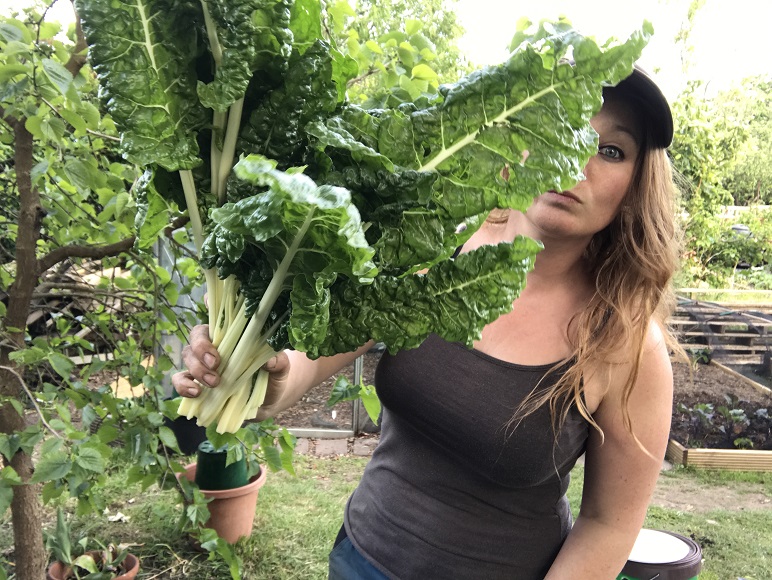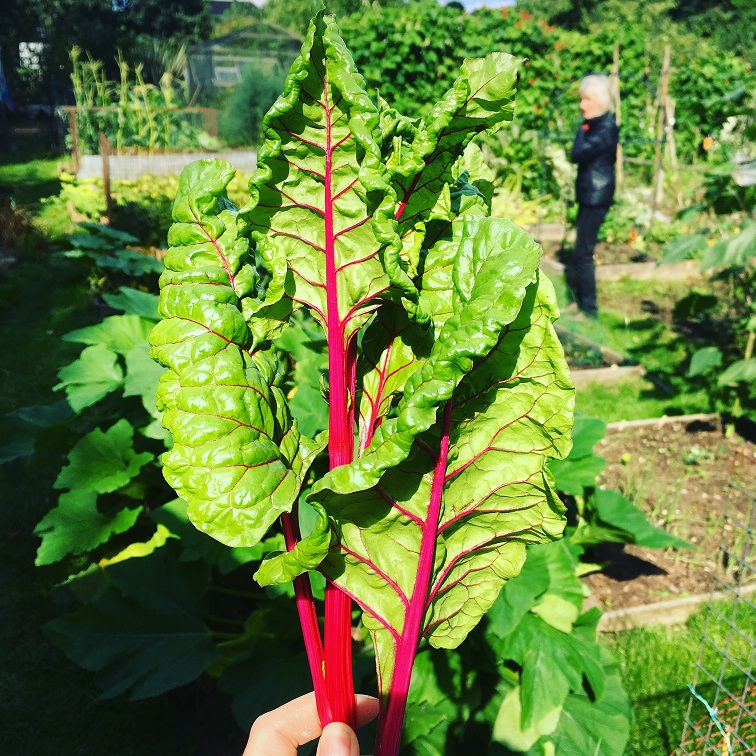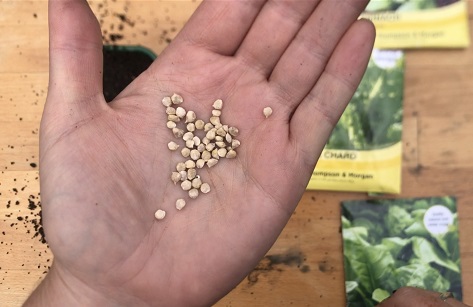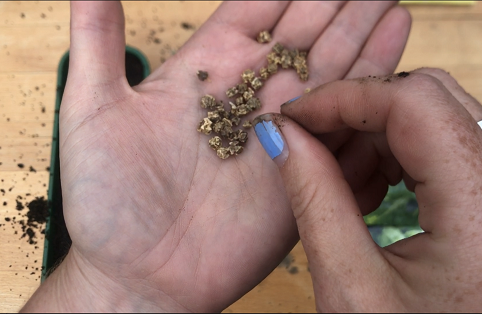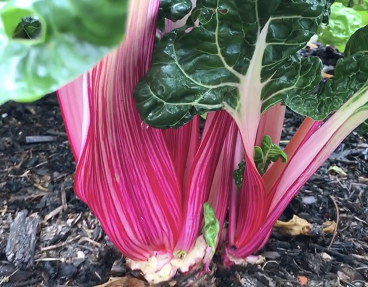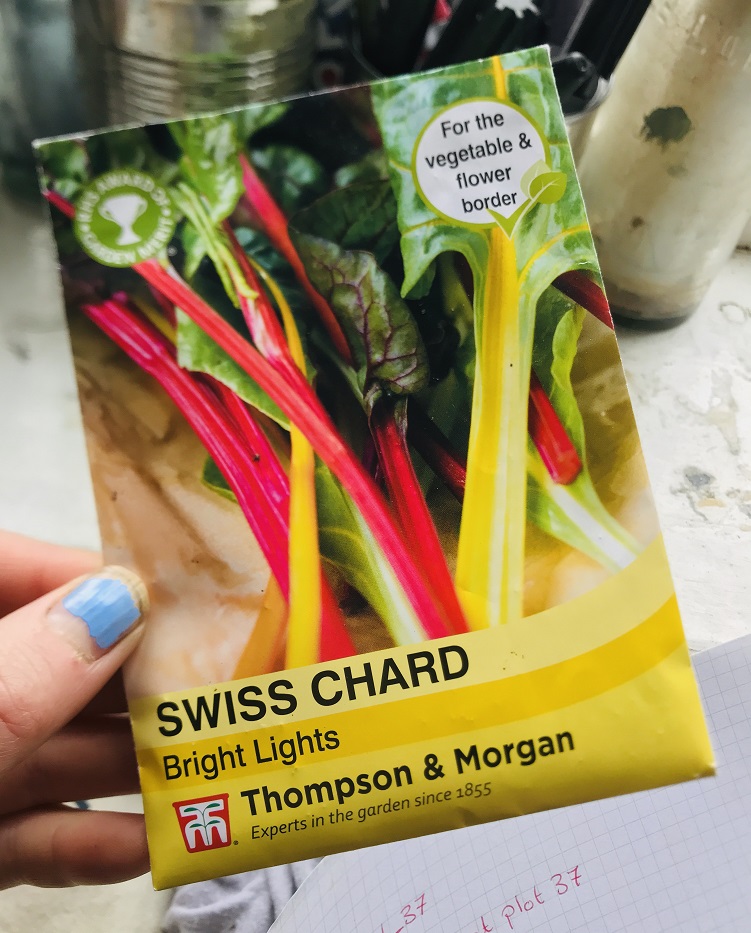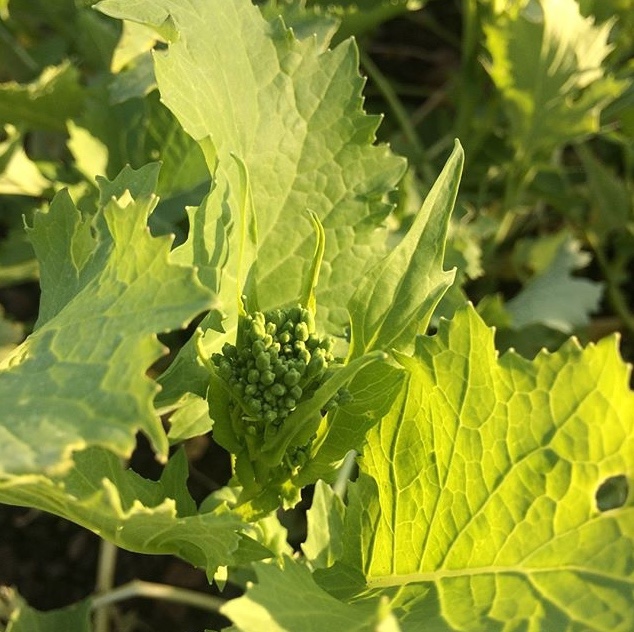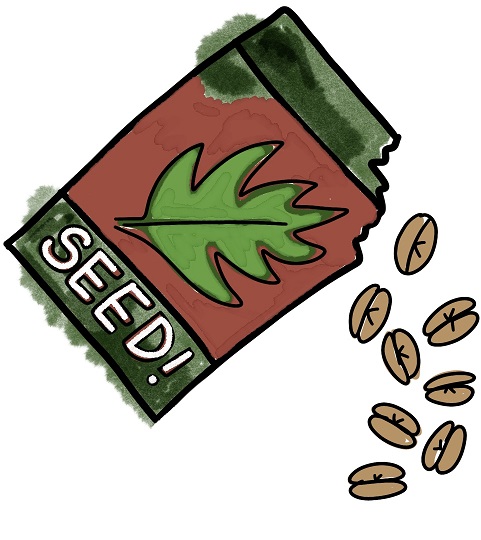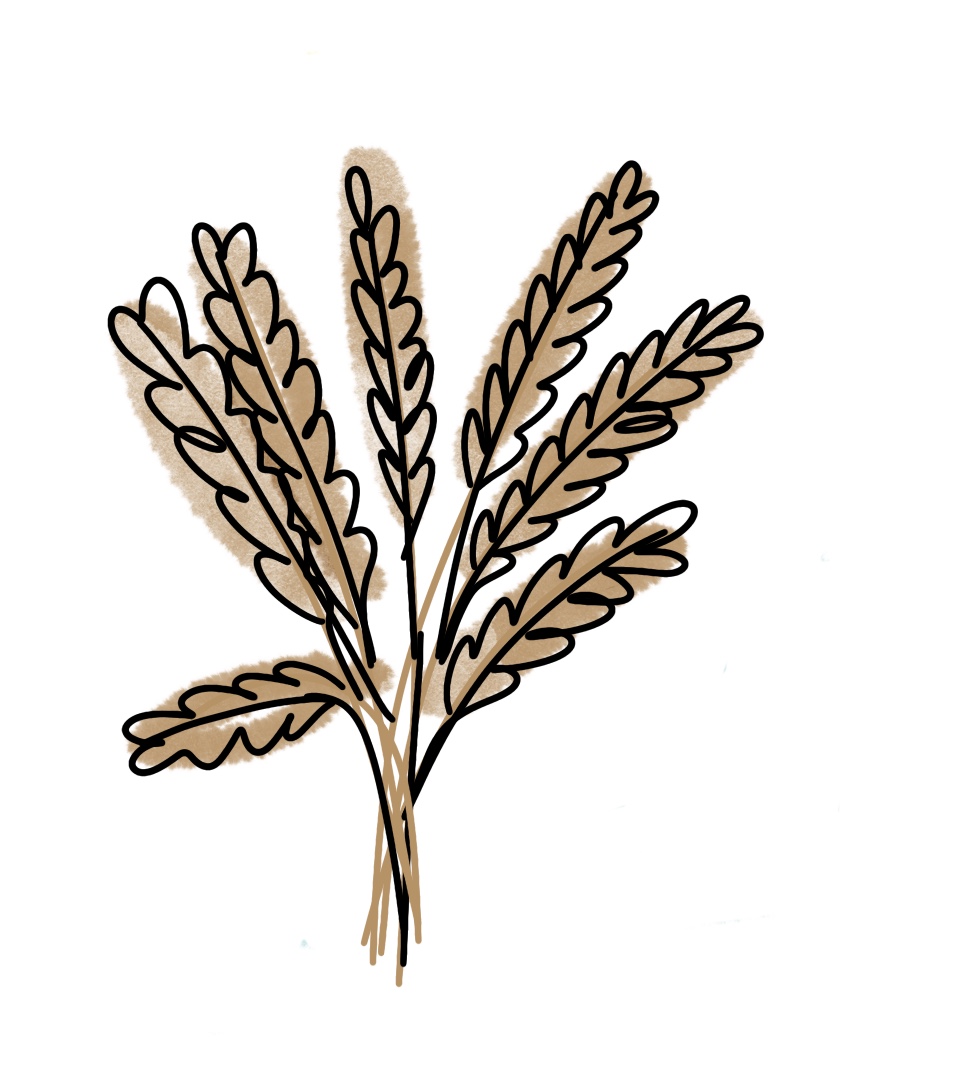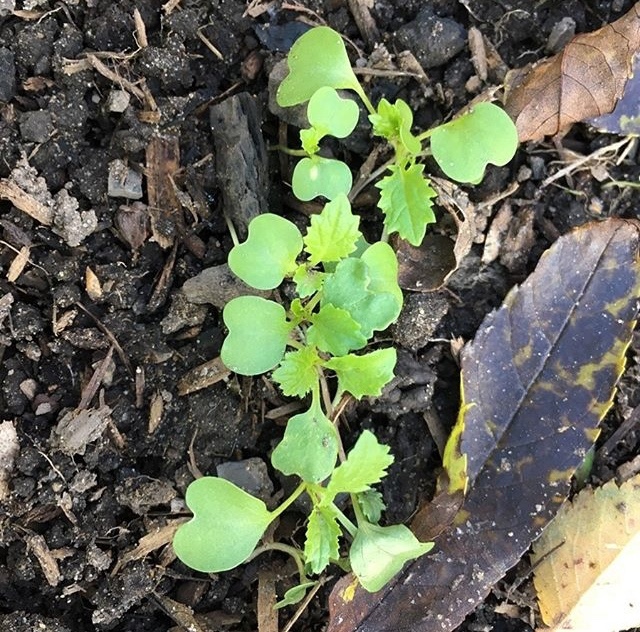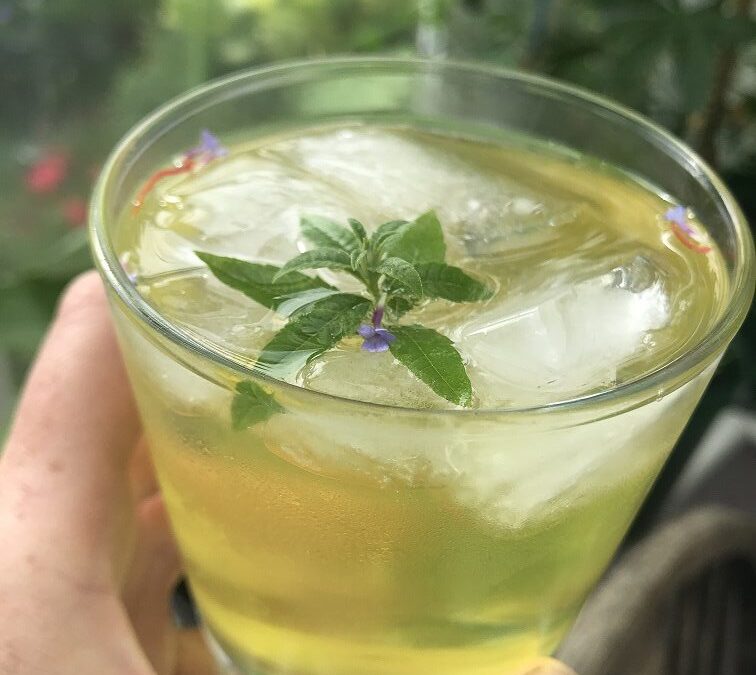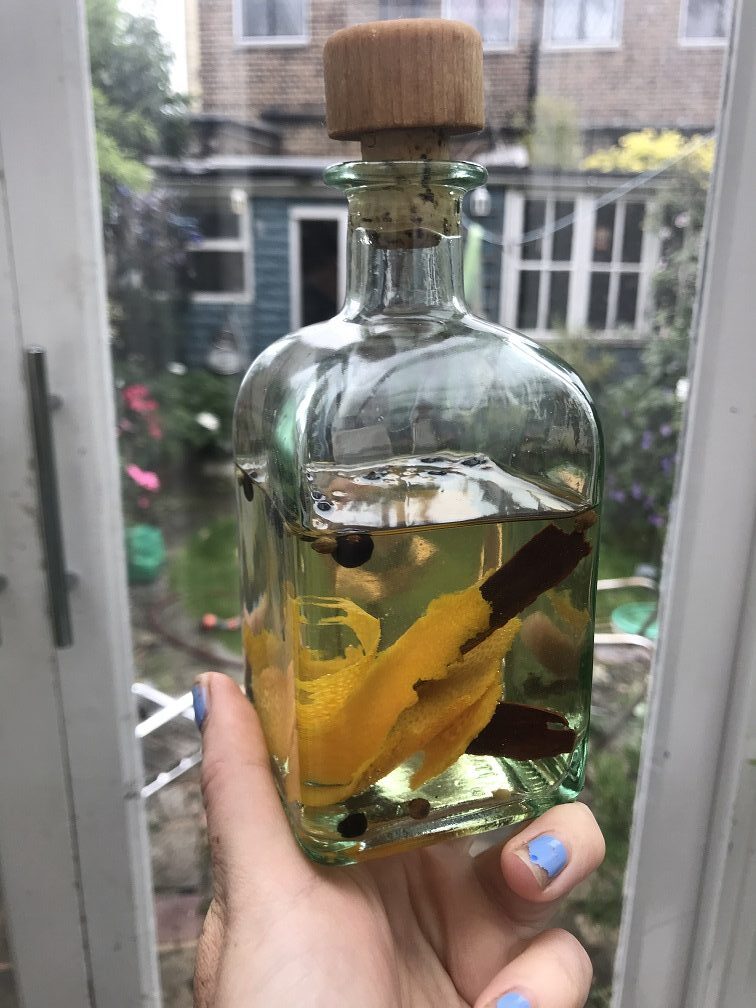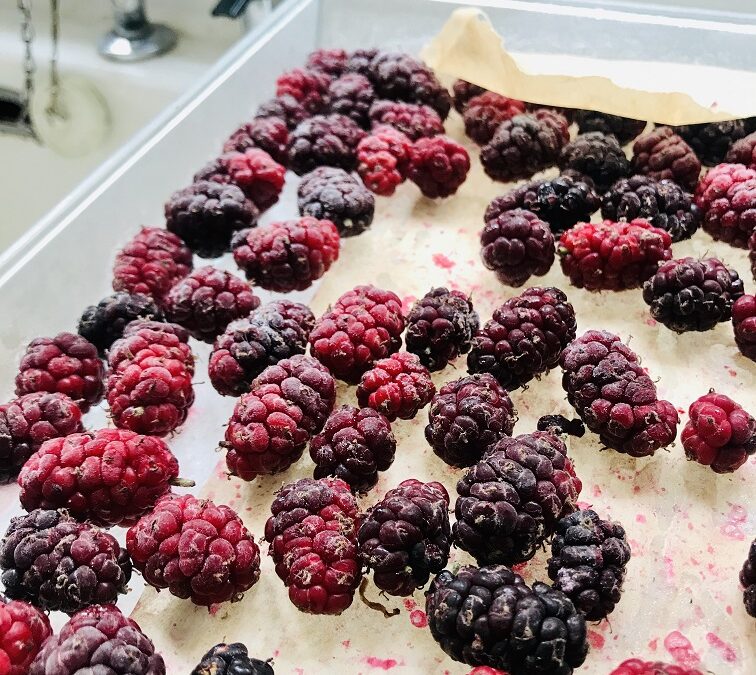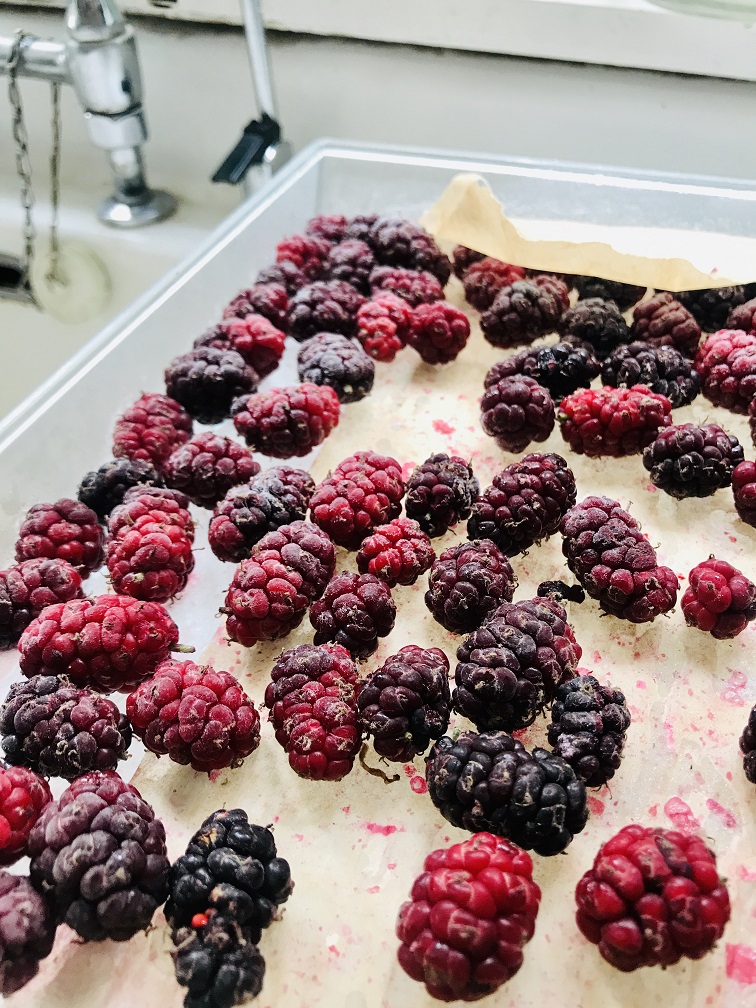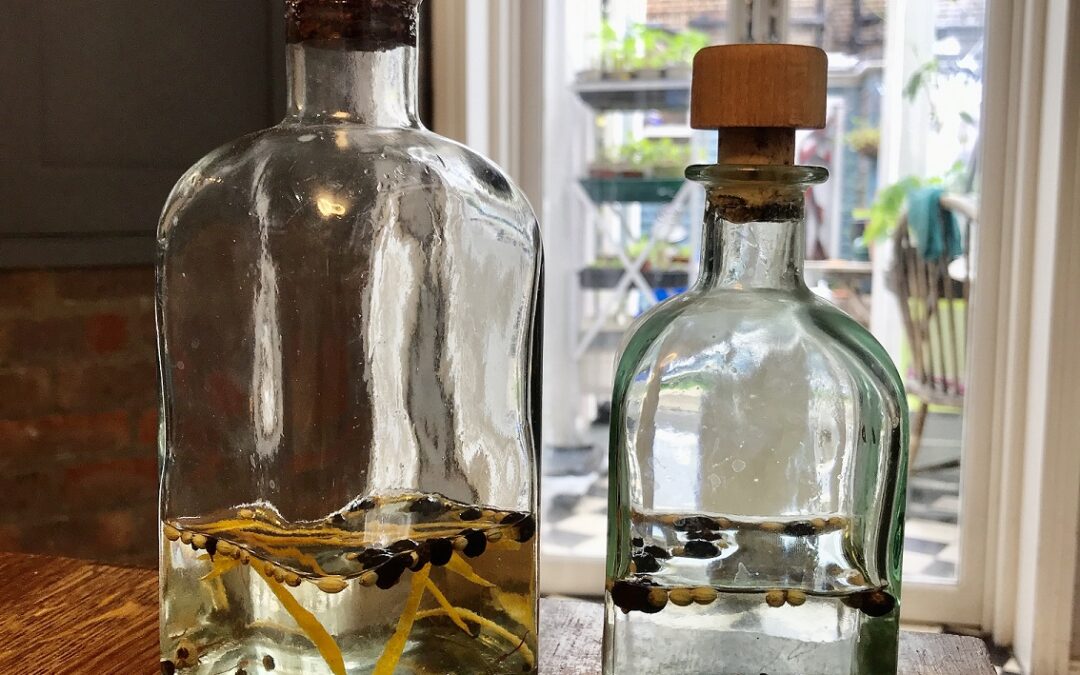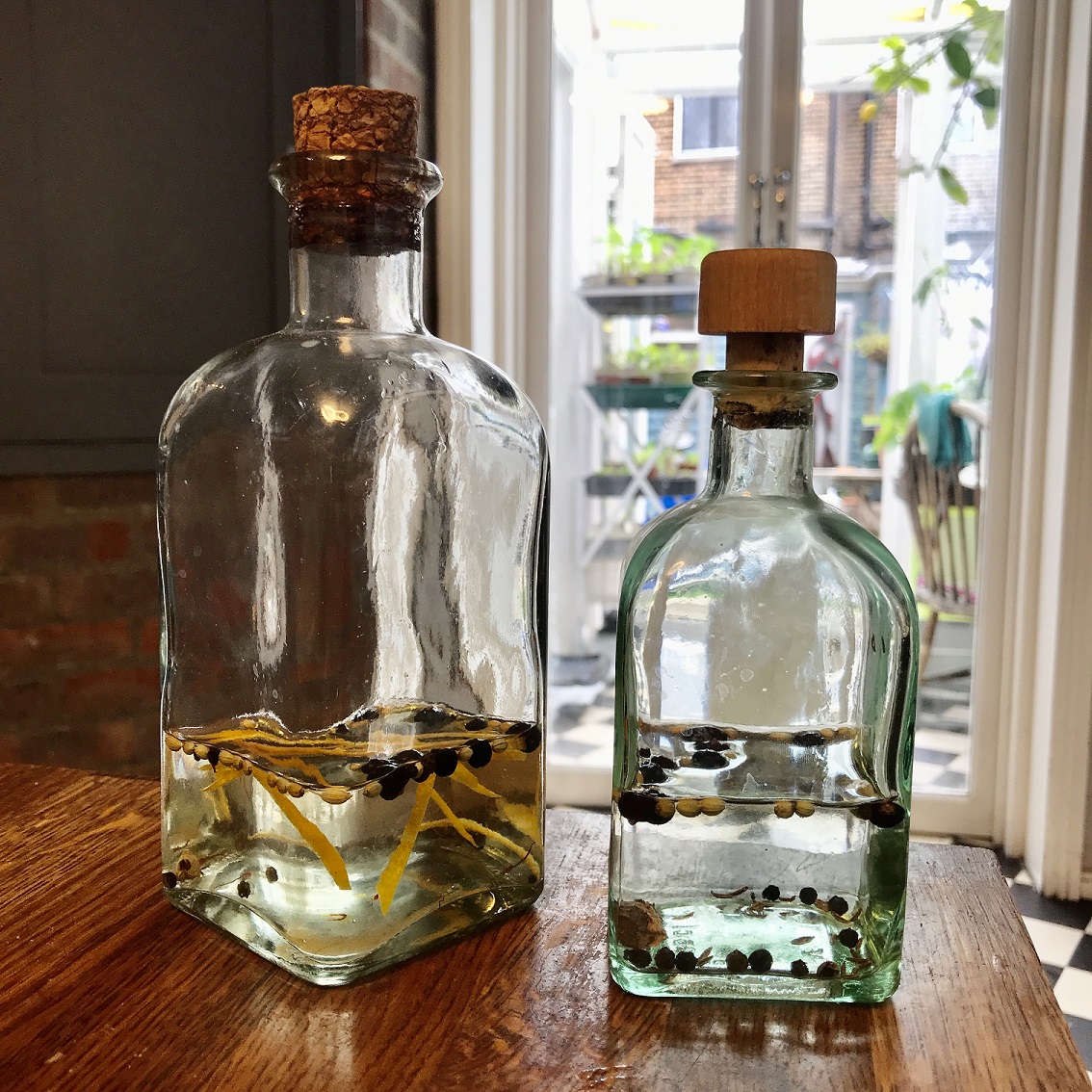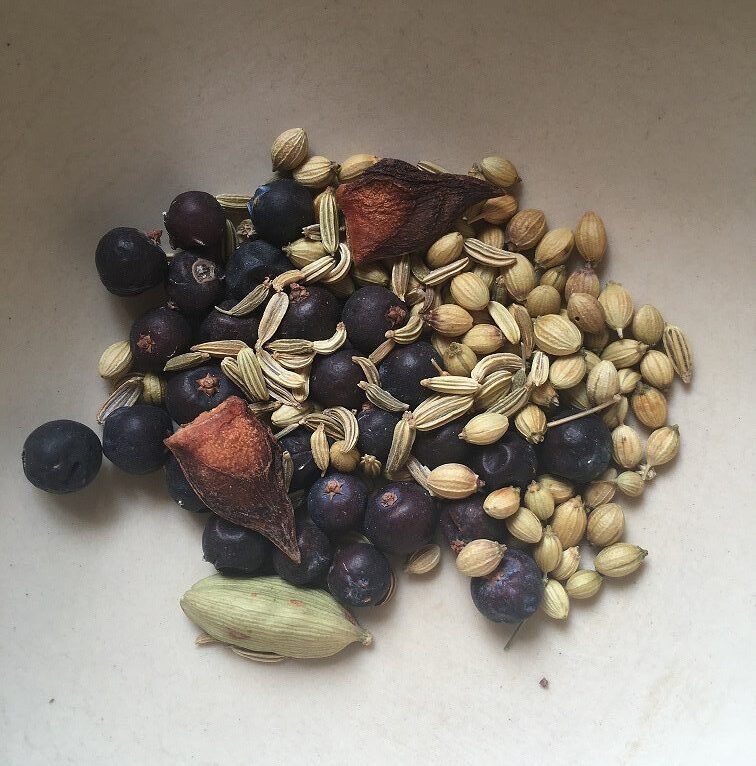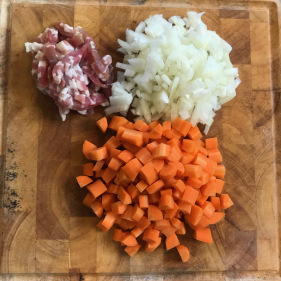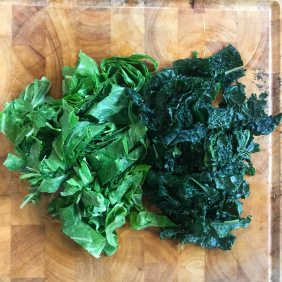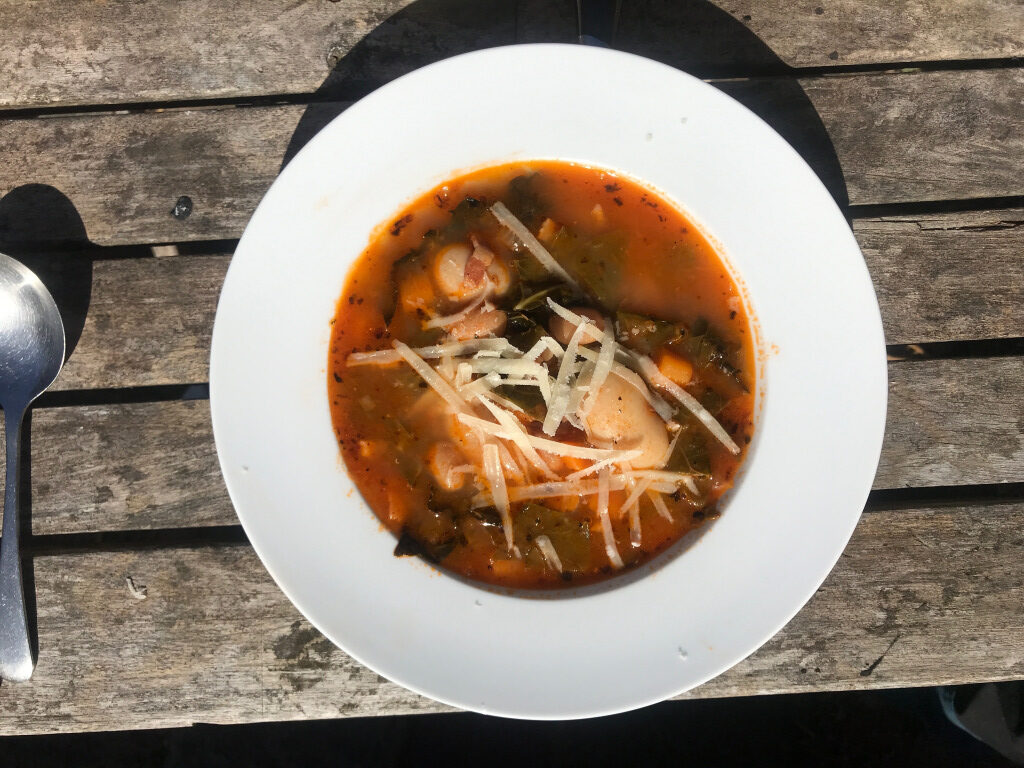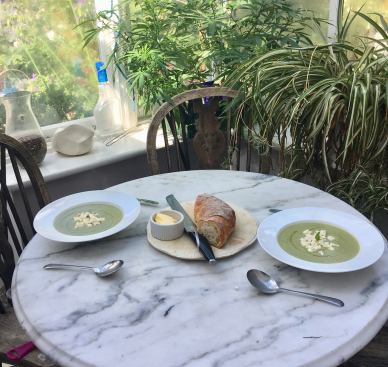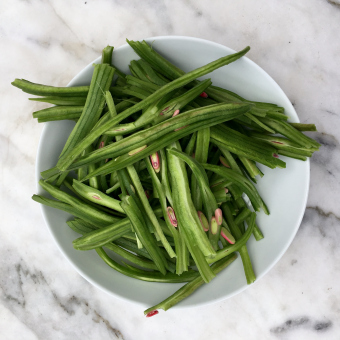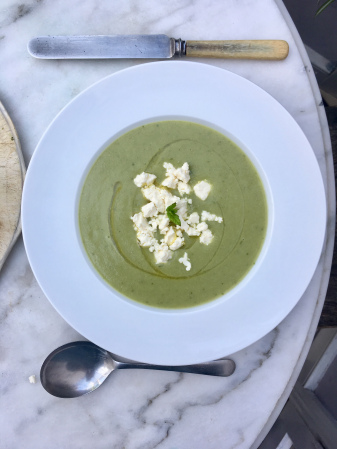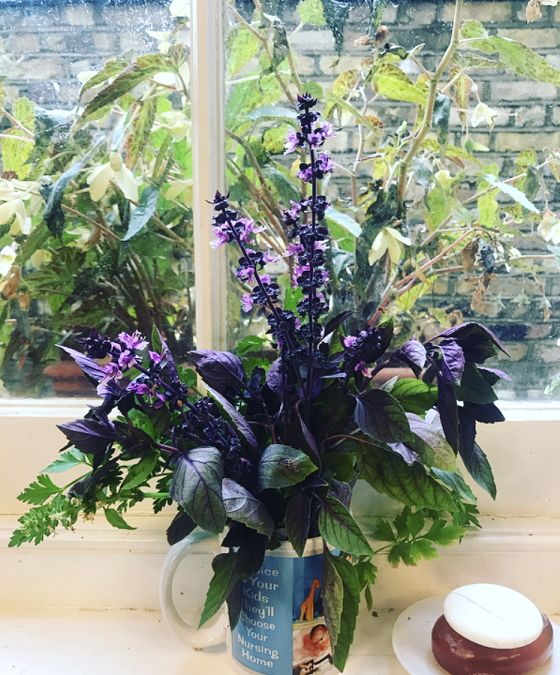
Freezing Basil for the winter months!
How to FREEZE BASIL for use during the winter months!
Over the years i’ve really struggled with basil but during the summer of 2019, something seemed to click and suddenly it wasn’t difficult any more. In fact this year (2020) we have been inundated with the stuff. Giving it away in huge bunches
One of the things i’ve learned is to not constantly pick it as and when its needed but rather do a large cut back of the whole plant to encourage a big spurt of regrowth ready for the next picking! But this does leave you (or at least me) with more basil than i can really handle each time.
Keeping Basil Fresh –
I’ve found the best method by far for keeping basil fresh for use in bunches is to treat it like a bunch of flowers and stand the stalks in a glass of water on the kitchen window sill. Change the water every few days and the basil will be good to use for a week or even two!
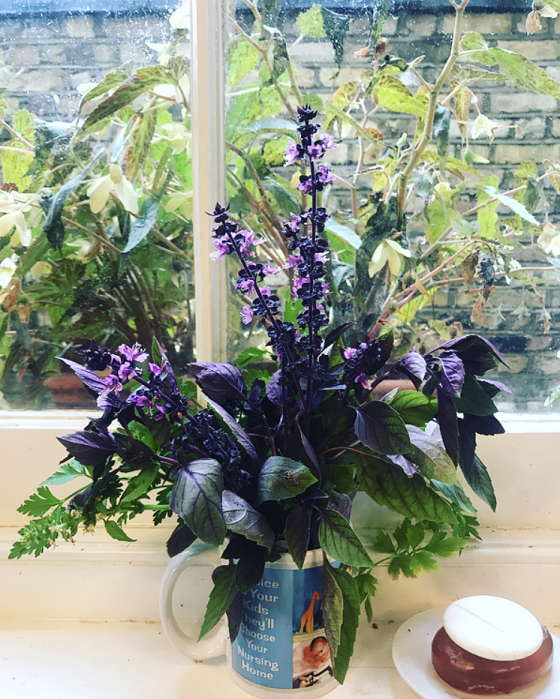
Freezing Basil
So as you may have noticed, basil goes brown at the drop of a hat the moment you damage the leaves!
And it turns to brown crisps if you try to freeze it as is. So! I’ve been blitzing it up in the blender with enough olive oil to get it moving and then freezing it in ice cube trays.
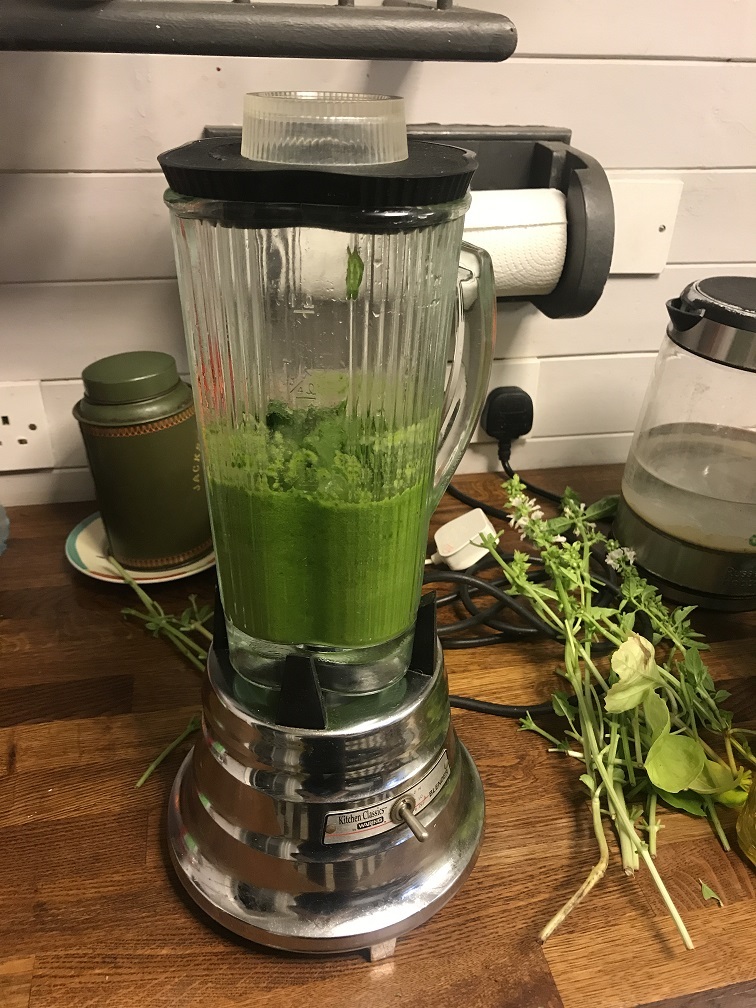
Other Herbs this works with:
This tequnique works with all the soft herbs. Parsley, Tarragon, Chervill, Dill..etc
Not with things like Rosemary, Bay and Thyme but that’s not much of a problem because you can pick them all winter. This is mainly for those softer herbs than you really only the get the plentiful growth in the summer!
Hope that was useful!
Jx
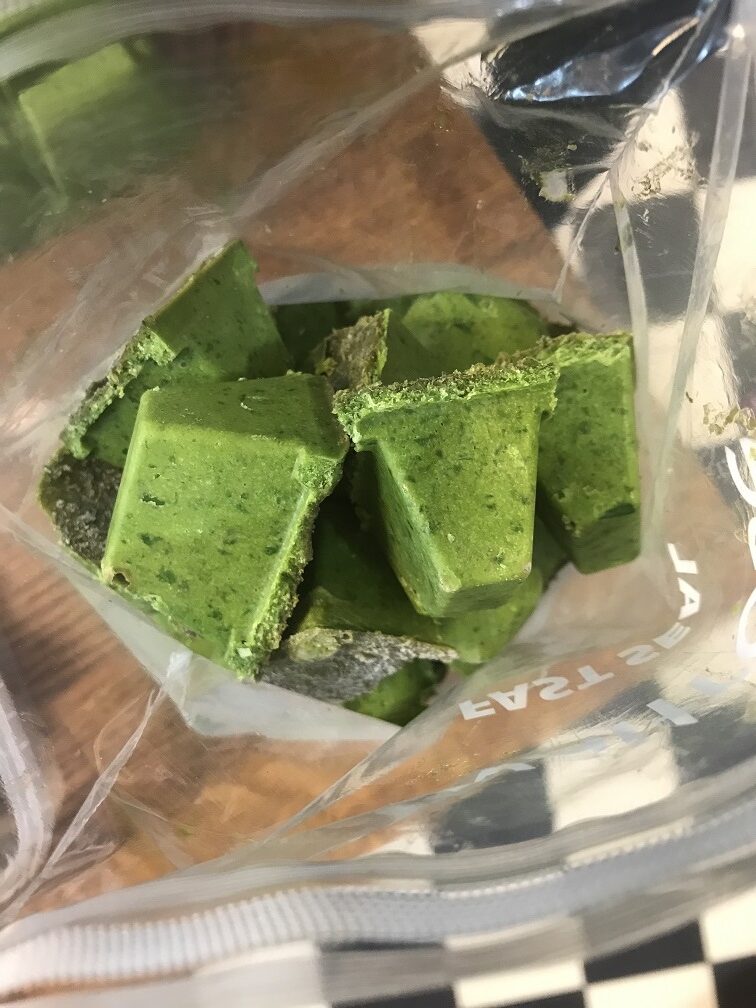
This is absolutely perfect because if you’re quick, it keeps its vibrant green colour and then are individually portioned to drop into soups, stews and sauces throughout the winter!
You could use this method for pesto too but (and i know this is a tad controversial) i don’t like pesto! So i just whizz up the leaves with a couple of cloves of garlic and olive oil until its smooth and them wack it straight into the ice trays. Once they are frozen hard, i just pop them out of the moulds and bag them up ready!
